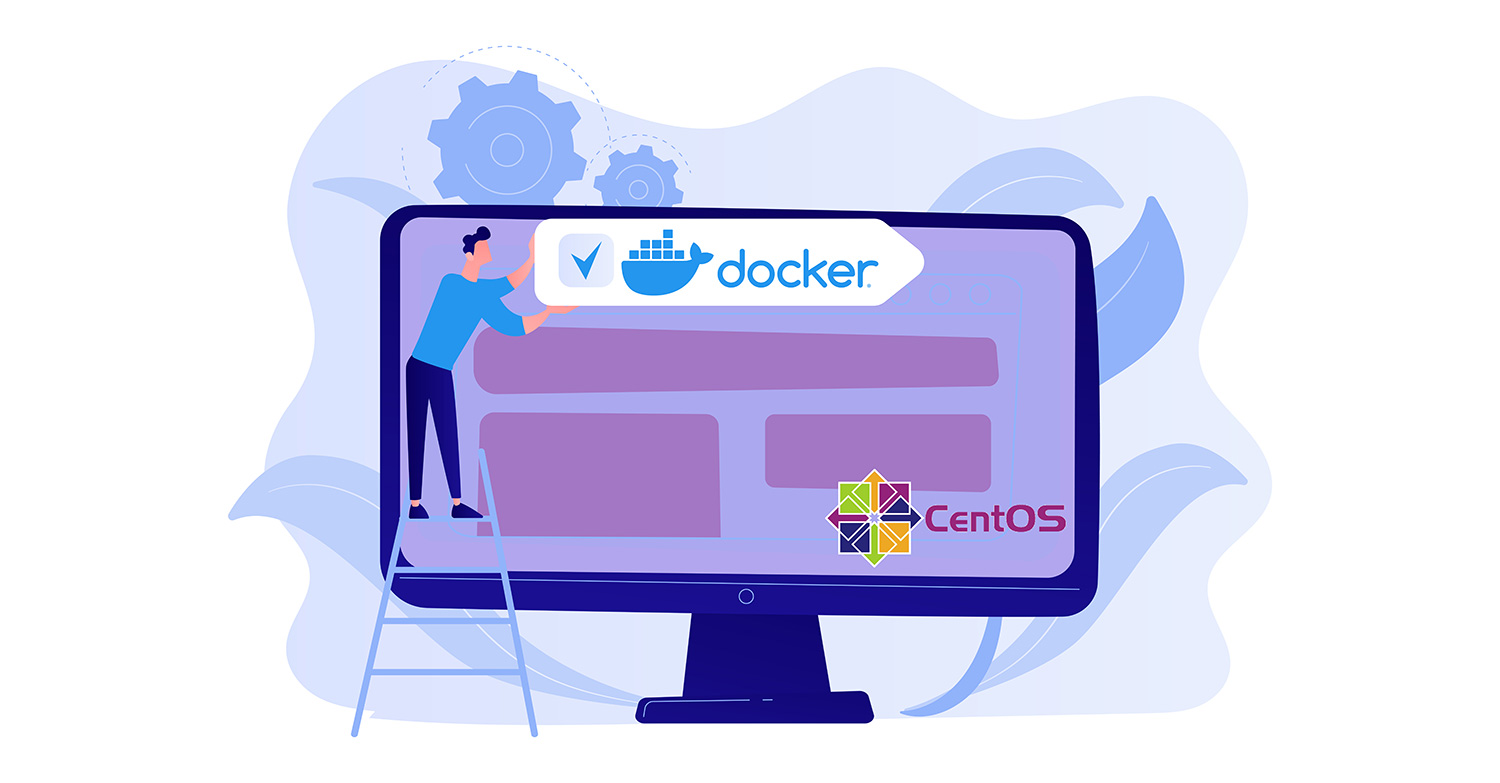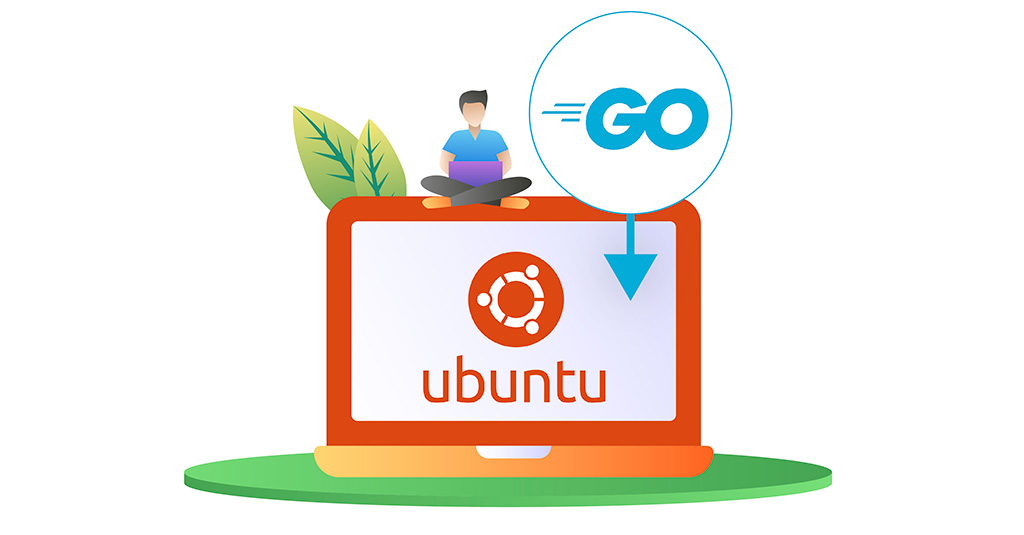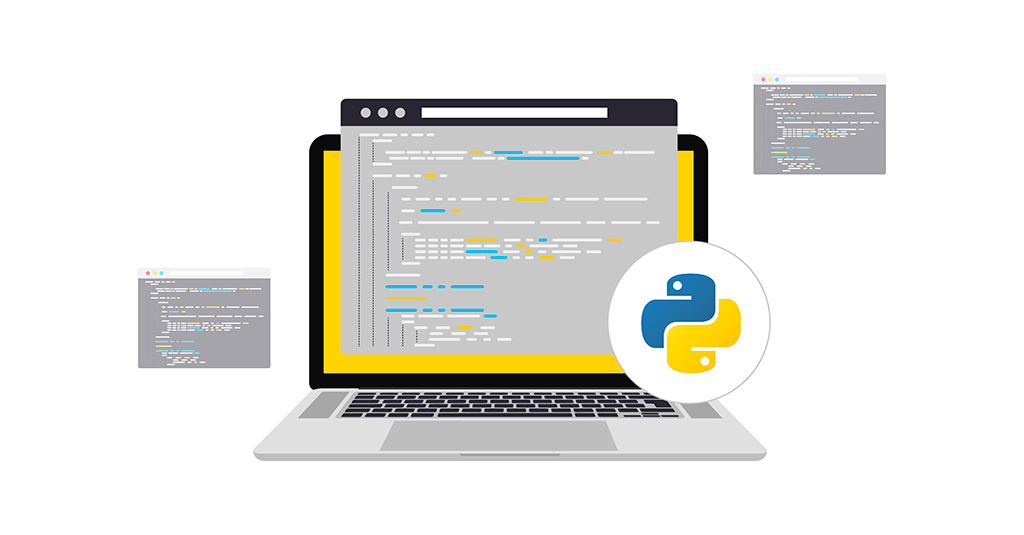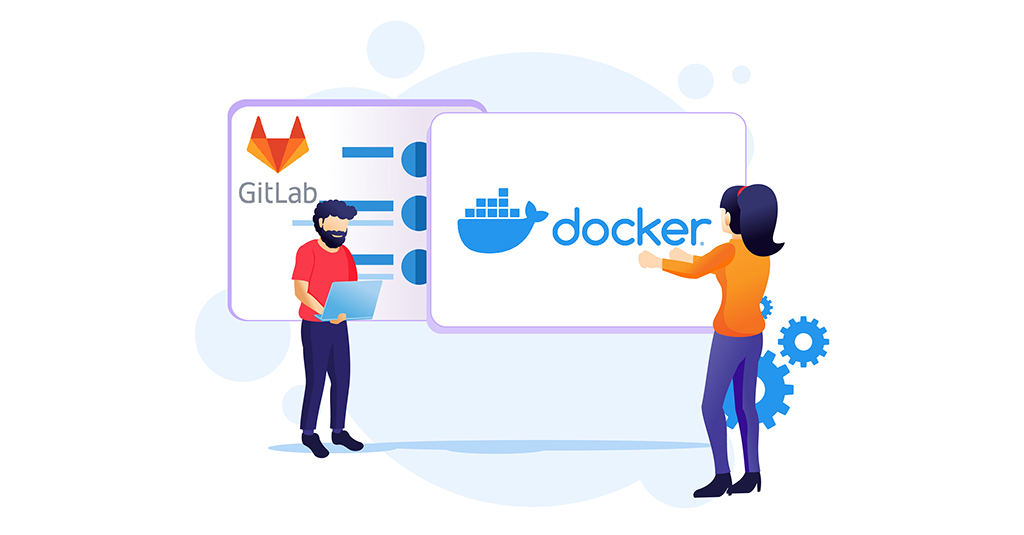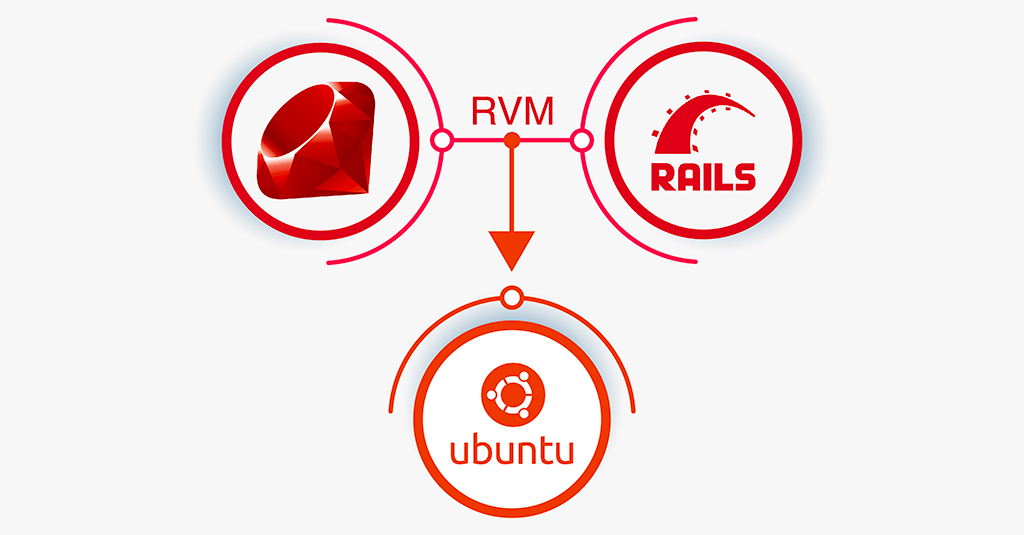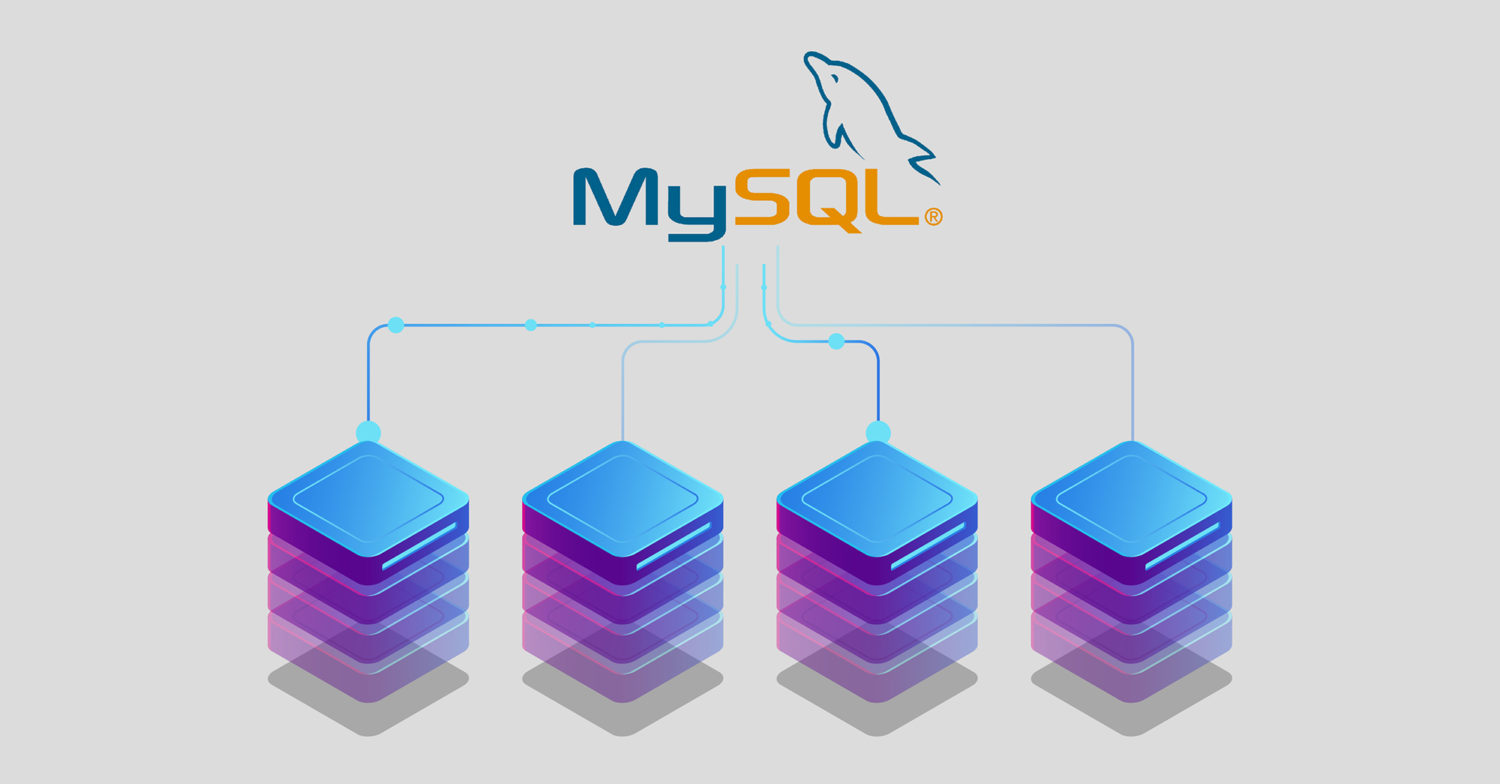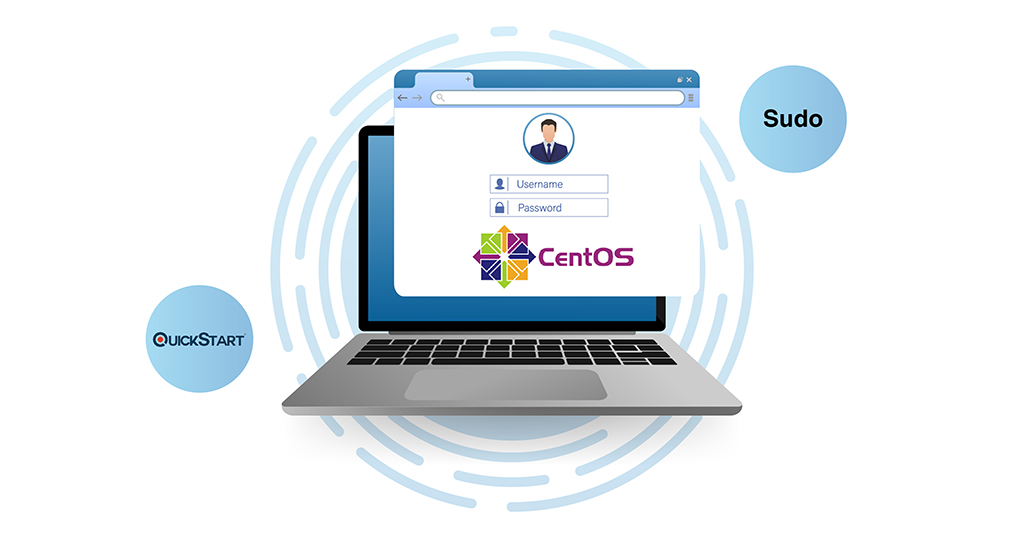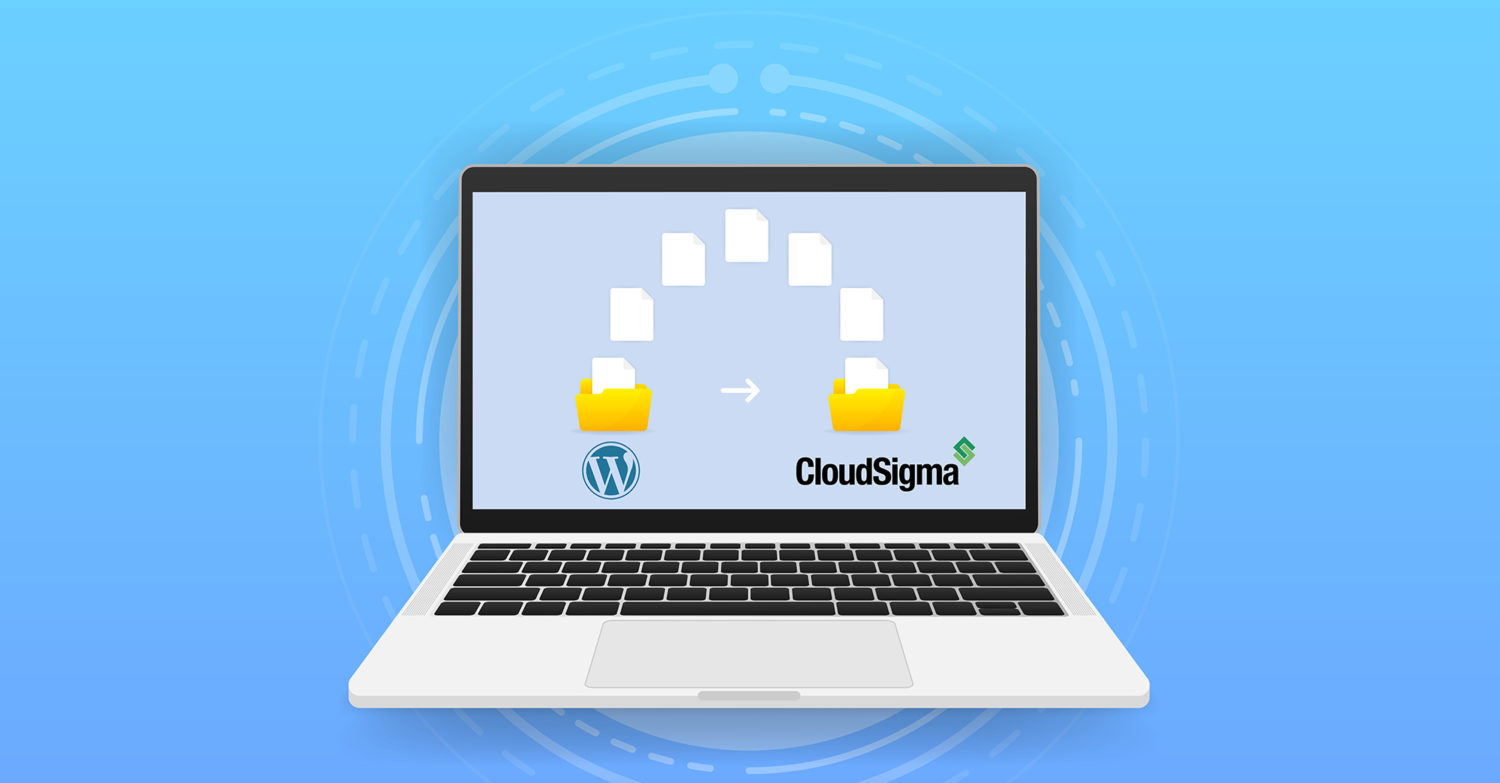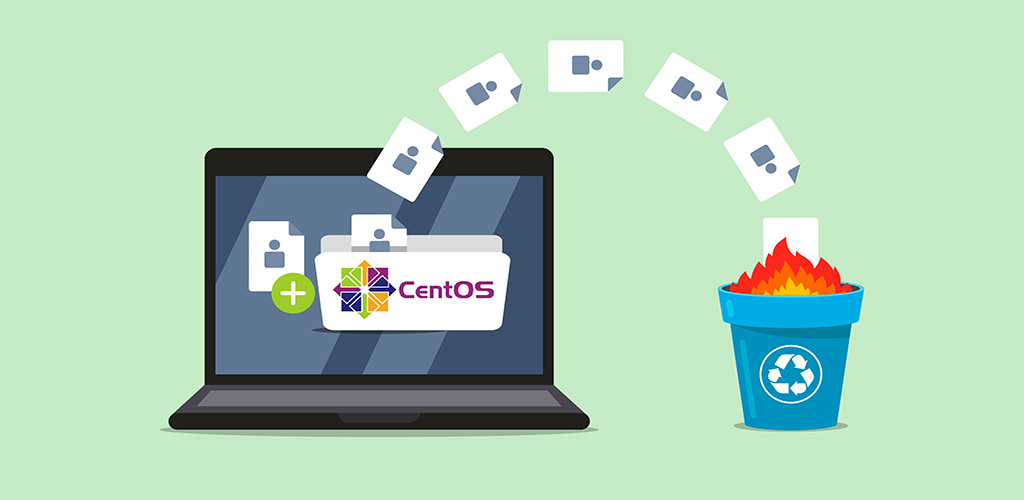Django is a well-known web framework for the rapid development of secure and maintainable websites and web apps. Built using Python, Django simplifies web development, allowing more time and focus on writing apps without reinventing the wheel every single time. Django is a free and open-source project with robust official documentation, great community support, and plenty of free and paid-for …
Installing Docker Compose on CentOS 7
Dockerisation has redefined the deployment and automation process in the software industry. Since its inception, the Docker team has continuously strived to make automated deployment seamless. Containerization technology does not just enable rapid application development and efficiency, but also saves time and strenuous efforts. Unbeatable functionalities such as orchestrating, defining, and running multi-container applications together make Docker a favorite pick …
Installing Go on Ubuntu 20.04
Go is an open-source programming language. Originally designed at Google, Go shares syntax similarities with C. However, it includes additional programming features like structural typing, garbage collection, memory safety, and CSP-style concurrency. Most of the time, the Go programming language is referred to as “Golang” because of the official Go domain name. This guide demonstrates installing and configuring the latest …
Python 3 Tutorial: Indexing and Slicing Strings
Introduction Python is one of the most popular programming languages across the world. It uses a data type that comprises sequences made up of individual characters. These characters may be letters, numbers, symbols, or whitespace characters. Other types of sequence-based data types include lists and tuples. Just like them, you can also access, index, and slice strings in Python. In …
How to Host a Docker Image Repository and Build Docker Images with GitLab Self-Managed Instance on Ubuntu 20.04
Containerization technology has greatly advanced in the software development tech space as the most accepted method of packaging and deploying applications in cloud environments. This has been necessitated by the need for continuous integration (CI) and continuous deployment (CD) which are defining aspects of DevOps. Software developers and engineers make use of containers to achieve the CI/CD aspect of software …
How to Use an Elastic Standalone Container to Host WordPress with CloudSigma PaaS
In this tutorial, we will be discussing how you can install WordPress inside a standalone elastic container in order to make the solution even more cost-effective and lightweight than it already is. The WordPress Standalone package can be installed very easily through the CloudSigma PaaS platform. This means that with a single click, you can supplement your small and medium-sized …
Installing Ruby on Rails with RVM on Ubuntu 20.04
Ruby on Rails is one of the most popular web app frameworks. It’s open-source software designed for developers to create successful projects while writing fewer codes. Having a fun and enjoyable development experience is one of the fundamental principles that make Ruby on Rails an attractive choice. The RVM (Ruby Version Manager) tool, as the name suggests, is a third-party …
Setting up Replication in MySQL on Ubuntu
MySQL replication is an interesting feature that allows users to manage multiple copies of one or more MySQL databases. The data is copied automatically from source to replica databases. It can be useful in numerous situations, such as working with the data without compromising the main database, data backup, or scaling the database access, etc. In this guide, we will …
Creating a Sudo-Enabled User on CentOS 8
Introduction If you are working with CentOS 8, you should know what are the critical commands to use with it. One of these is the sudo command. This command is very useful for creating new users. With the sudo command, you can grant certain users special administrative privileges. Typically, these privileges are only accessible to the root user. If you …
How to Migrate a Website from WordPress to CloudSigma PaaS
Most websites on the internet today are created using WordPress. However, using a PaaS environment like the one provided by CloudSigma offers a lot of additional functionality. In this tutorial, we will demonstrate how you can easily migrate a WordPress website over to CloudSigma PaaS. There are several pre-configured WordPress packages in the CloudSigma Marketplace that you can use for …
How To Set Up GitLab Continuous Integration (CI) Pipelines on Ubuntu 20.04
Every developer understands how crucial version control is to the software development lifecycle. It enables multiple people to work simultaneously on a single project, each person maintaining their own copy of the code and choosing when to share it with the rest of the team. To achieve this, developers make use of Git repositories to help with version control. GitLab …
Adding and Deleting Users on CentOS 8: How To Guide
Linux is a multi-user operating system. Having proper knowledge of user management is crucial to proper system administration. If you are configuring a fresh Linux server, adding and deleting various users is usually one of the first things you have to do. This guide outlines the steps of adding and deleting users on CentOS 8. Prerequisites Creating and deleting users …



